15 Common Plants That Can Be Harmful To Your Dog
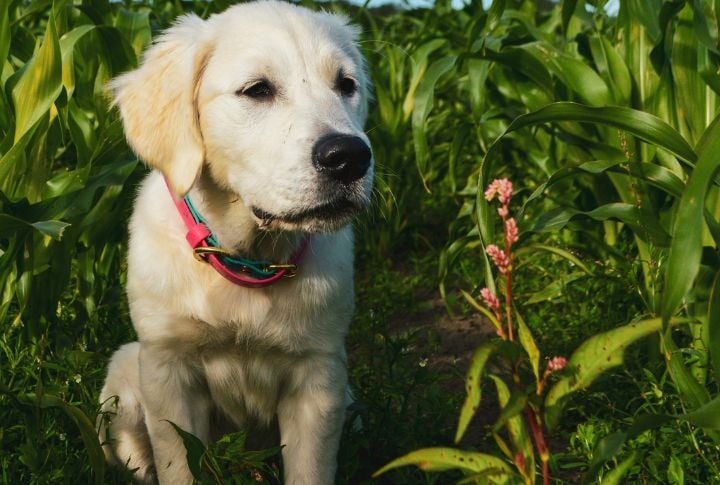
Dogs’ natural curiosity can lead them to chew on plants, unaware of the danger. While some plants can cause mild stomach upset, others may lead to serious issues like organ failure or even death. That’s why it’s important for pet owners to identify harmful plants and keep their dogs away from them. Here are 15 common plants that can harm your dog.
Oleander (Nerium oleander)

Oleander is a well-loved ornamental shrub with bright flowers, but it poses a serious toxic threat to dogs. If ingested, the plant’s cardiac glycosides can cause major heart issues, vomiting, diarrhea, and even fatal consequences. Symptoms can show up within hours and may include drooling and lethargy.
Sago Palm (Cycas revoluta)

Although every part of this tropical-looking plant is toxic, the seed is more dangerous because it contains cycasin, a compound that can cause severe liver damage. When eaten by dogs, symptoms such as seizures and liver failure may develop within hours. In some cases, ingestion can result in fatalities if not treated promptly.
Autumn Crocus (Colchicum autumnale)
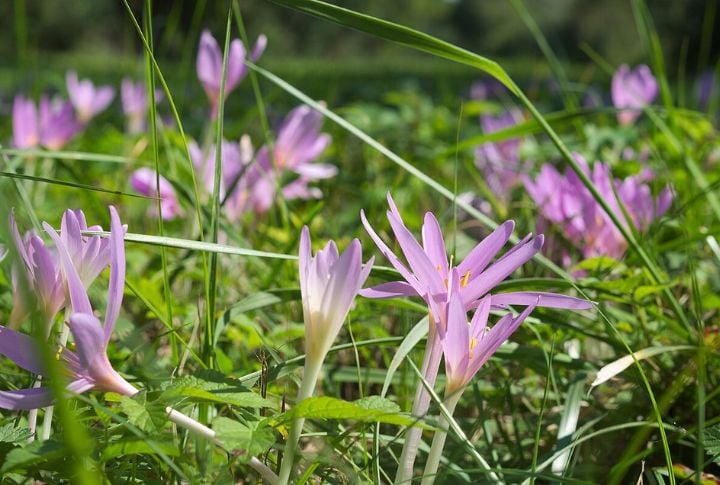
As a perennial, the autumn crocus produces vibrant flowers in purple or white. Unlike the harmless spring crocus, it contains colchicine, which can cause gastrointestinal distress, respiratory failure, and organ damage. Dogs that ingest it may drool or pass blood in their stool, and if untreated, the poisoning can be fatal due to multi-organ damage.
Foxglove (Digitalis purpurea)
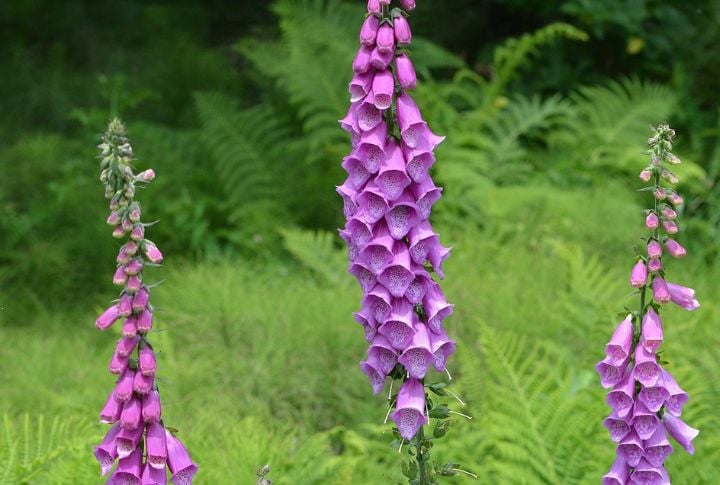
Foxglove is a striking garden flower that contains dangerous cardiac glycosides that can disrupt a dog’s heart rhythm. Consuming small amounts can result in vomiting and fatal heart complications. Symptoms may include irregular tremors or even collapse, and in severe cases, ingestion can lead to sudden death. If ingestion occurs, seek emergency veterinary care immediately.
Aloe Vera (Aloe barbadensis miller)
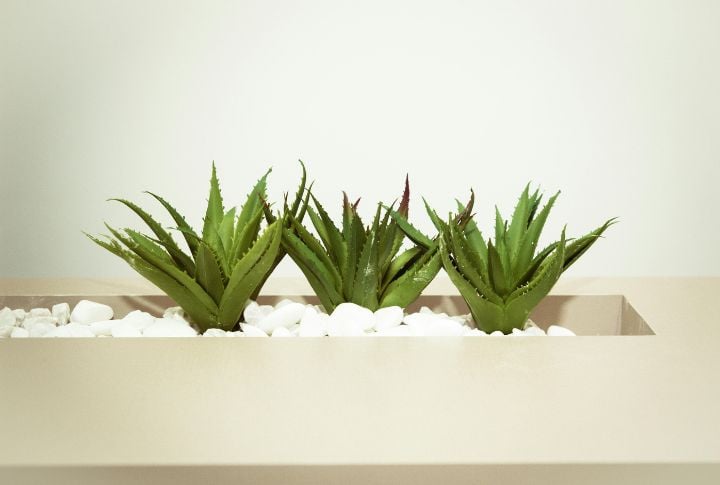
Aloe vera gel is great for human skin, but the plant is toxic to dogs. The saponins in aloe can lead to diarrhea and lethargy, and if ingested in large quantities, it may cause tremors and, in rare cases, severe dehydration, which requires urgent care. Although fatal aloe vera poisoning is uncommon, it can still cause your dog considerable discomfort.
Lily Of The Valley (Convallaria majalis)

This fragrant flowering plant is as toxic as it is beautiful. Like foxglove, it contains cardiac glycosides, which can cause decreased heart rate and seizures. Even drinking water from a vase containing Lily of the Valley can harm dogs. Ingestion can lead to life-threatening cardiac failure mere hours after symptoms appear.
Hydrangea (Hydrangea spp.)

These popular ornamental shrubs are known for their large, rounded clusters of flowers that bloom in shades of blue, pink, white, and purple. While visually stunning, these plants contain cyanogenic glycosides, which can release cyanide when ingested by dogs. Vomiting, lethargy, and labored breathing may occur after the dog consumes hydrangea leaves, flowers, or buds.
Azalea (Rhododendron spp.)

Azaleas and rhododendrons contain grayanotoxins, which can have a serious impact on a dog’s nervous system. Even small amounts can cause drooling, low blood pressure, and abnormal heart rhythms. In severe cases, ingestion can lead to coma or death. These plants are commonly found in gardens, posing a hidden danger to curious pets.
Peace Lily (Spathiphyllum spp.)
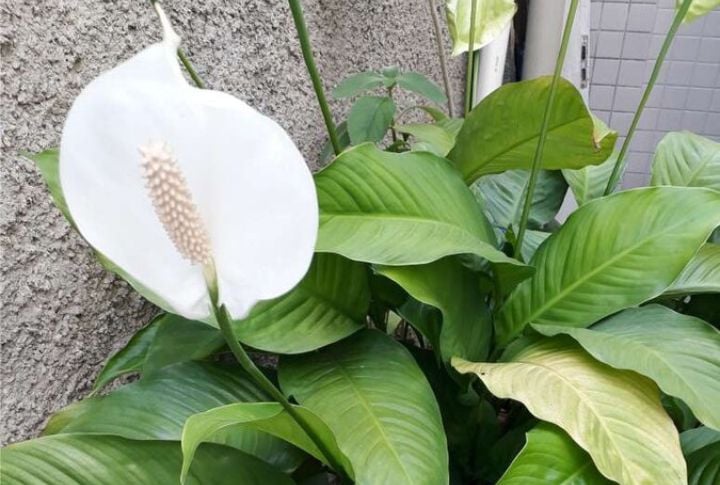
Known for its elegant white flowers and deep green leaves, this popular houseplant adds beauty to indoor spaces. However, it is toxic to dogs due to the presence of insoluble calcium oxalate crystals. When a dog chews or ingests any part of the plant, these crystals cause intense irritation in the mouth and throat.
Daffodil (Narcissus spp.)

Though daffodils are common spring flowers, their bulbs contain lycorine. Consuming substantial amounts of this toxin can lead to difficulty breathing and convulsions. Dogs may also experience abdominal pain and heart arrhythmias if they eat any part of the plant. Although much of the toxin is concentrated in the bulb, other parts can also be harmful.
Castor Bean Plant (Ricinus communis)

The castor bean plant contains ricin, one of the most toxic natural compounds known. Though sometimes used as an ornamental, it poses a significant risk to pets and humans. A single bean can be lethal to dogs, causing severe abdominal pain and seizures. Within hours, symptoms can escalate to organ failure and even life-threatening complications.
Yew (Taxus spp.)

Yew is a highly toxic plant that contains poisonous alkaloids called taxines. Even a small amount can cause life-threatening symptoms such as weakness, tremors, and difficulty breathing. There is no antidote for yew poisoning, so treatment usually involves inducing vomiting and administering activated charcoal to limit absorption.
Philodendron (Philodendron spp.)

A common houseplant, philodendrons contain calcium oxalate crystals that can cause severe mouth irritation and difficulty swallowing when eaten. Other symptoms include pawing at the mouth and swelling of the tongue or throat. While rarely fatal, the discomfort can be extreme, and in severe cases, it can obstruct breathing.
Dieffenbachia (Dieffenbachia spp.)
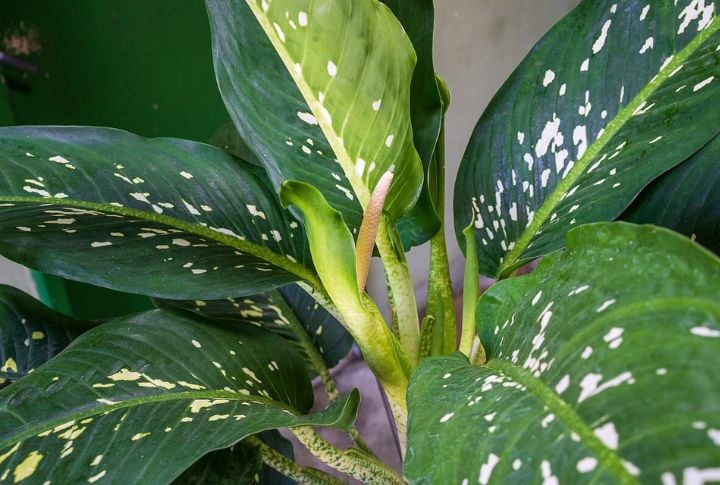
Also called “dumb cane,” this plant contains oxalates that can cause painful swelling in a dog’s mouth and throat. Poisoned dogs will begin to drool excessively and find swallowing difficult. Although Dieffenbachia poisoning isn’t usually fatal, ingestion can cause significant distress. If a dog chews on Dieffenbachia, rinse its mouth and contact a vet.
Tomato Plant (Solanum lycopersicum)

The tomato plant contains solanine and tomatine, both of which are toxic to dogs. These compounds are found in the leaves, stems, and unripe green tomatoes, and symptoms of poisoning include drooling and weakness. While ripe tomatoes are safe in moderation, the unripe fruit and plant parts should be kept out of a dog’s reach.






